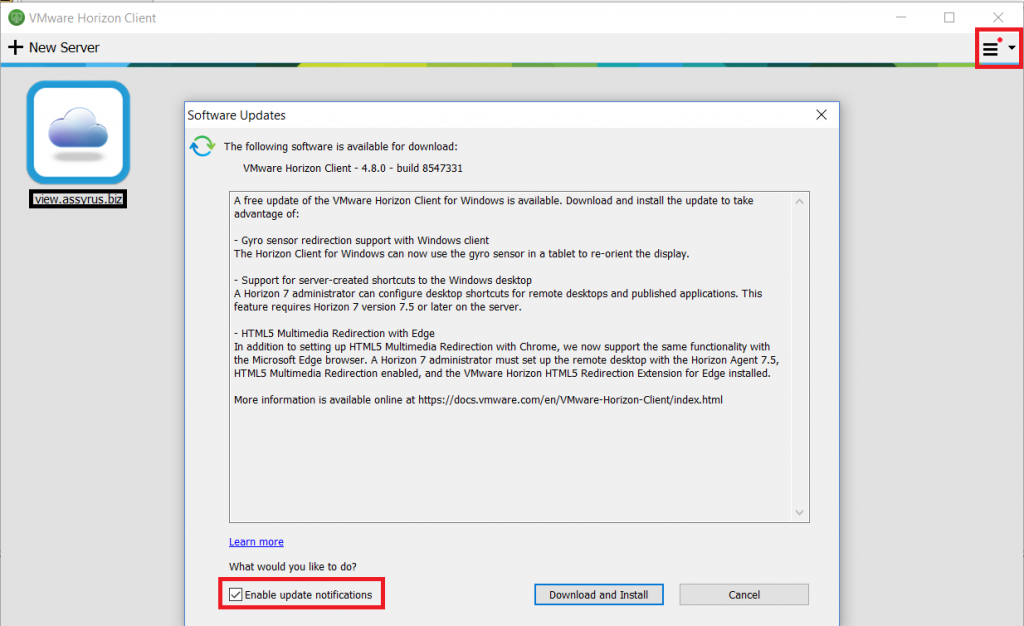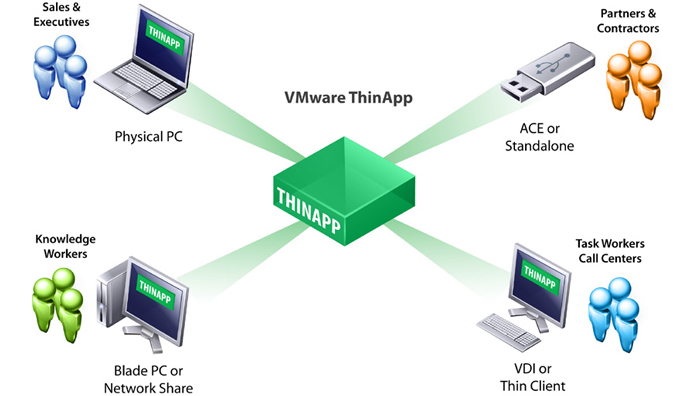

Horizon Client applies policies when remote desktops and published applications start and when users log in. User Configuration policies override equivalent Computer Configuration policies. The User Configuration policies set Horizon Client policies that apply to all users who are running Horizon Client, and to RDP connection settings.The Computer Configuration policies set policies that apply to Horizon Client, regardless of who is running the client on the host.The template file contains both Computer Configuration and User Configuration group policies. You can optimize and secure remote desktop and published application connections by adding the policy settings in the ADMX template file to a new or existing GPO in Active Directory. All of the VMs are running in the same location, our single data center.Horizon Client includes a group policy ADMX template file that you can use to configure Horizon Client features and behavior. Applications function faster/properly.īefore I start down a rabbit hole, I wanted to see if this behavior even makes sense. When those same users come onsite to IT, close to the core router, the "performance" is restored.


Users complaining of performance issues with "internet" and "programs" at external locations (fiber connections back to core router).Performance differences depending on physical location in the org. HP thin clients running VMware Horizon client for Linux (ThinPro OS).Has anyone seen this type of behavior with remote users and VM performance?.This seems counter to how I understand VDI.Once the user disconnects, the VM performance is "restored" HOWEVER, we have noticed that we can remote assist/connect to the VM in question and when the user is connected the VM CRAWLS. This makes sense as there would/could be delay between the client and VM causing a perception of VM performance issues.User from home with slow internet connection complaining about VM performance.We have seen two different "types" of issues that have prompted this post. I am just starting down a path to troubleshoot a very strange issue we are seeing.


 0 kommentar(er)
0 kommentar(er)
